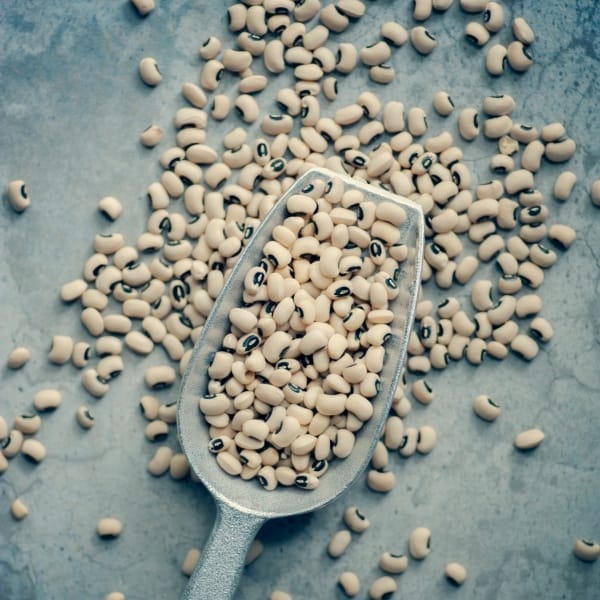How Did You Know?!

“Come eat your black-eyed peas!”
For some children, that’s what they’re accustomed to hearing on New Year’s Day. Making resolutions for the new year may be one of the most popular traditions, but for some families, eating black-eyed peas is the customary way to celebrate the year ahead.
The origins of this tradition are varied, but the practice of dining on black-eyed peas to bring luck and prosperity in the new year continues nonetheless. The peas, with their roundish shape, represent coins. Combined with other foods, the good fortune theme can take on many variations. Considered to stem from the South, this tradition is observed throughout the US, and Minnesota is no exception.
This year, this tradition has taken an even more special meaning because of the COVID-19 pandemic and the resulting financial hardships. As more and more families in our community question for the first time how they’re going to put food on the table, being able to do the familiar helps bring comfort and maintain some level of “normalcy.”
A social worker in one of the Twin Cities schools Every Meal partners with witnessed the importance of being able to celebrate this tradition on the children and families she supports. The week before the new year, the children who had signed up for our blue bag option received black-eyed peas in their bags. That meant that on New Year’s Day, their families were able to cook their good luck dishes – like Hoppin’ John – and keep the tradition going.
“How did you know?!”
This is what she heard from families in the weeks after.
On New Year’s Day and the whole year round, Every Meal is here to support children and families during their most difficult times so that food, and the traditions that often go along with it, is not something they worry about. We put a lot of thought into providing good food so that it’s not only nutritious and delicious but also relevant to the cultural and situational context of each family.
